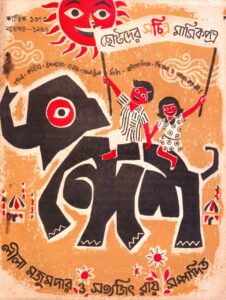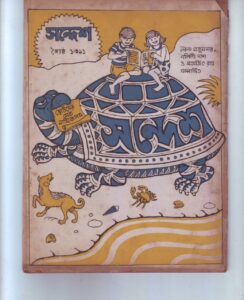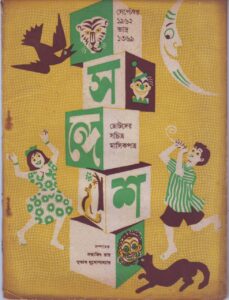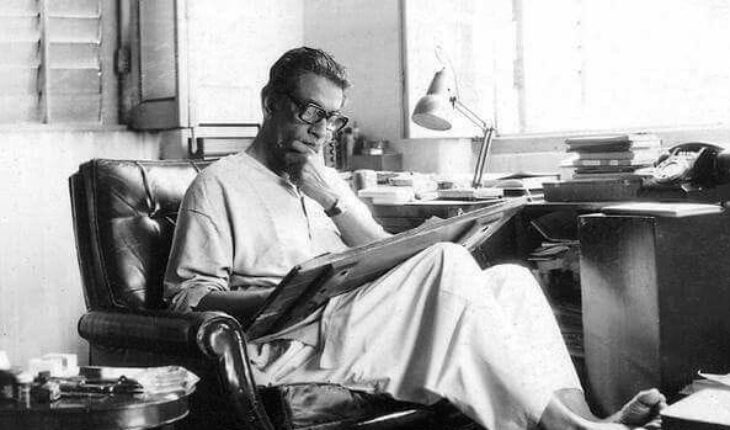Kunal Roy
New Delhi
The birth centenary of Satyajeet Ray was blurred amid the much hyped hoopla around Bengal elections. The political frenzy not only overshadowed the film maker’s unparalleled craft but also served as a missed opportunity to look at Ray’s legacy on the other side of the celluloid. The artist (not a filmmaker) in Ray caught my attention after the demise of Soumitra Chatterjee―the tallest cinestar of Bengal’s cinema― who under Manik Da’s (as Ray was fondly known) tutelage in film Charulata altered his entire handwriting because camera tricks fell short to detail the evolution of Bengali script– what it had been, what it was then, how the words changed over the years, what was the role of Rabindranath Tagore and later writers.

A multifaceted artist extraordinaire, Ray was a genius and is still remembered for his graphic designs and illustrations. From capturing the emotions of Jibananda Das―the dark, brooding contemplative loner bard of Bengal, next to Rabindranath Tagore and Kazi Nazrul Islam in the cover of ‘Rupasi Bangla’ (collection of poems by Jibananda Das) to designing film posters, illustration’s of children’s book and mastery over calligraphy and typography, his style reflected depth of his intellectual understanding that set him apart. He was also credited for creating numerous new fonts in Bengali and four Roman fonts, receiving an award for designing the typeface for Ray Roman.
Recently, I chanced upon Ray’s artistic work through a digital exhibition ‘Aap Kya Sandesh Laya’ at Delhi’s India International Center that brought alive a selection of Ray’s illustrations in covers of Sandesh―an iconic Bengali children’s magazine started by Ray’s grandfather, Upendrakishore Raychaudhury in 1913. As a prolific illustrator and editor of the magazine, he designed and painted each piece to narrate his own stories by creating riddles and puzzles and creating illustrations of contributors also. Each piece reflected a sophisticated experimentation with various artistic styles and traditions, both local and foreign without compromising on aesthetics or authenticity.

The cover designs incorporated colourful geometric and floral patterns in saturated primary colours with lines and textures similar to wood block printing. Often using different folk motifs, motifs from traditional day-to-day rangolis (in Bengal, alpana) or the pattachitra style of narrative painting. Experimenting with creative illustrations, he created four comic strips for Sandesh. However, these comic strips were ‘silent’, the characters did not converse with each other, leaving the narrative to the reader’s imagination.

Constantly experimenting, using ink and pen, pencil, watercolours and ordinary poster paint in different stylisations, Ray’s illustrations are striking in the way they marry playfulness with strong lines. For readers, every cover of Sandesh was a constant source of surprise and delight, as with each issue, Ray played around with the word ‘Sandesh’ using different calligraphic and typographic styles.
Since Satyajit Ray’s passing in 1992, Sandesh continues to be published with his son Sandip Ray at the helm and is now also available online. The covers remain those created and designed by Satyajit Ray during his lifetime.
No doubt, Ray put Indian cinema on the global panorama but his talent was not limited to just filmmaking. The man who received applause for his craft of film direction deserves adulation for being a complete artist. 100 years of Ray and we know much about him yet we don’t know much about him.






